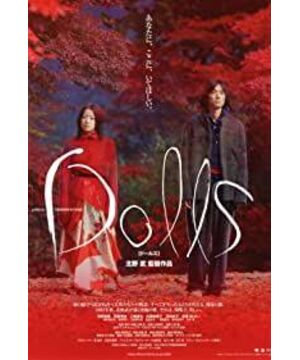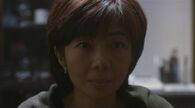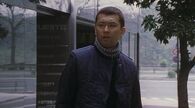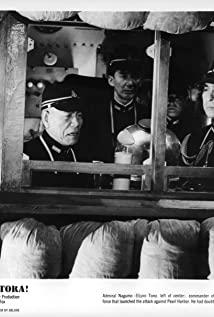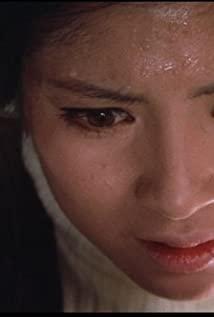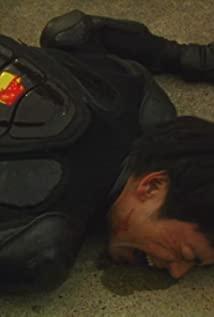I finally saw Nishijima's representative work "Doll". Since he was the director of Takeshi Kitano, he was ready to see a tragic film, but he was still stunned by Nishishima's almost dull and indifferent gaze in the film. Japanese films about emotions are either pure love in a vacuum or cruelty that is almost suffocating, with very little middle ground. "Disillusionment" seems to be the common proposition of many of Kitano Takeshi's works. Survival is hard, and death may be more enjoyable. Beautiful, tragic, cruel love, the three pairs of protagonists are like toys manipulated by the red thread of fate, wandering in the world, this is the definition of the film itself, and it is true. The theme of dolls does not just come from this fantasy. The tragedy comes from a love tragedy in Kinmatsuzaemon's famous bunraku drama "The Courier of Hell". Bunraku, which originated in Japan in the 16th century, is actually a Chinese puppet show. Closely linked to this source are Nishishima and his insane girlfriend who was abandoned by him throughout the film, a pair of wandering lovers connected by thick ropes. In the beginning, it was just a man with a guilty conscience leading the abnormal woman he had let down. The man's clothes were neat and tidy, but the woman was strange and messy. Wearing the original Bunraku-style costume, he finally became the same person. Are men crazy too? Or does the woman's expression seem to return to normal at the end? It doesn't matter at all; it doesn't matter anymore, as the last two fell into the mountains and died. The tragic pair of puppets Umekawa and Chubei who appeared in the same clothes at the end were the final result. Whether it's a gangster who finds a lover who has been waiting for him for decades, but has not yet explained; or a male fan who is obsessed with waiting for a disfigured singer and self-mutilating his eyes, the result of all love is the same. Bunraku's puppet, only the body is left. Their movements are the movements of the puppeteer behind them, and their voices are that of the voice actors. You will see the investment, as if the puppet is the puppeteer, but that still can't get rid of the essence of the puppet. Gangsters were shot by undercover gangs from other gangs; fans were also killed by unknown mob attacks. Only lunatics can be together, and death is the best option to end their wandering in the cruel world. In the last scene, when the two of West Island were hanging on the tree, the sunrise happened. Cruel to death.
The strange thing is that this desperate and suffocating film is full of gorgeous colors. This is a typical Japanese film. There are always infinite logical loopholes and terrible deliberate carvings, but the value of the film is not damaged. There are only a few words of dialogue in the whole film, especially Nishijima and his girlfriend, except for the change of clothes, all performances focus on the expressions on their faces, except for the beginning and occasional flashback memories, three-quarters of the length is almost expressionless, Nishijima's character went from guilt to despair, and finally to despair, all of which were shaped by subtle changes in eyes. But in such a movie, people are deeply immersed in the pervasive sadness, staring at the front with the same blank eyes as the characters until the subtitles slowly rise in front of them.
Takeshi Kitano, whose director style is known for his violence, described "The Doll" as his most violent film so far, "While the characters' lives were improving, the dead came suddenly. They didn't have time to prepare. It seems that I think this is my most violent work... The reason is that the violence this time is unexpected."
View more about
Dolls reviews


